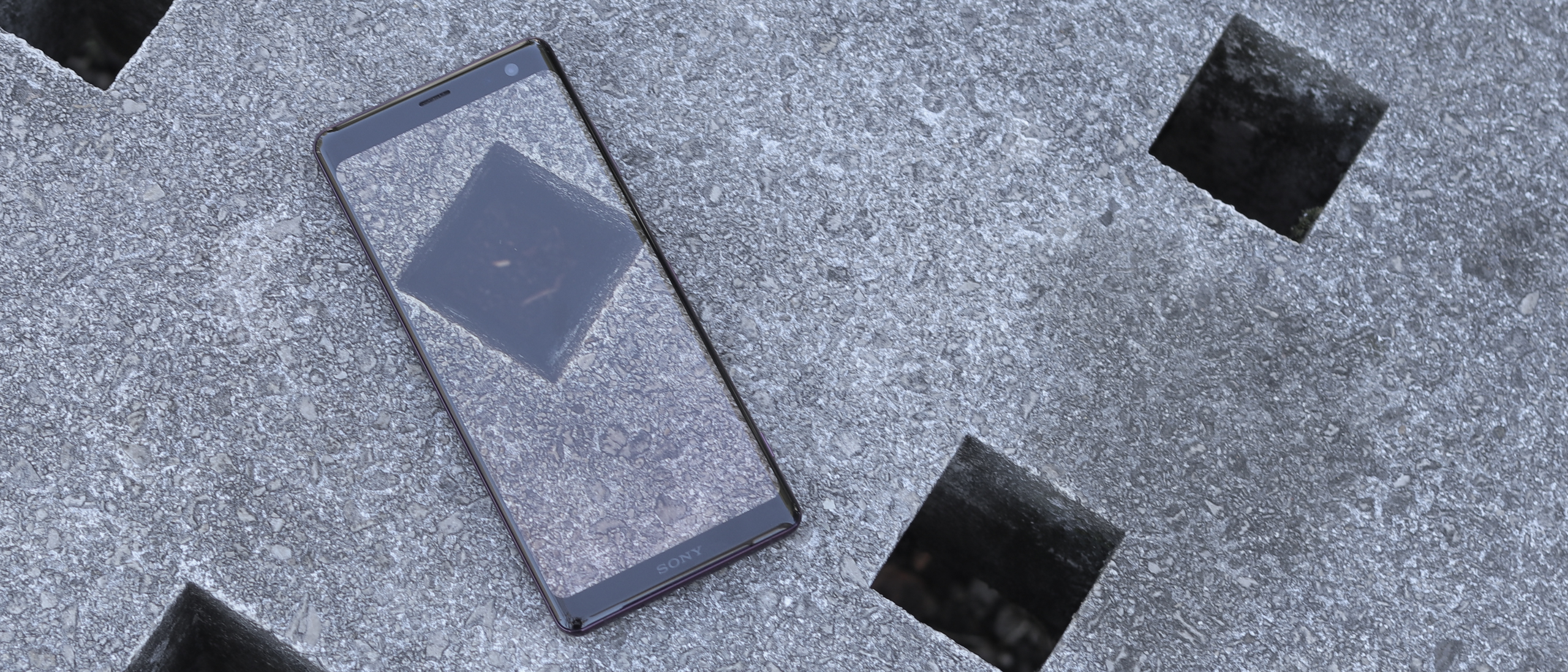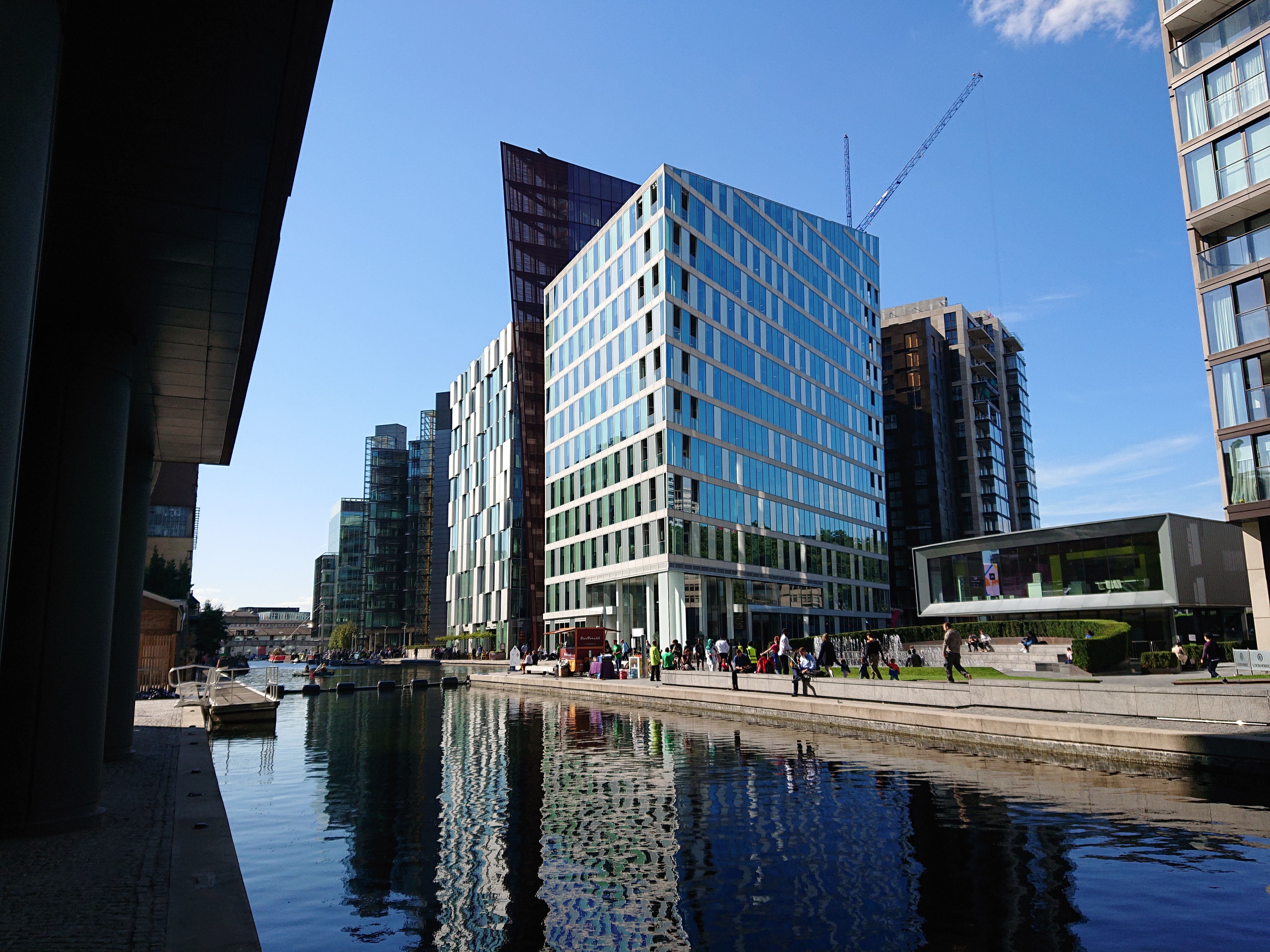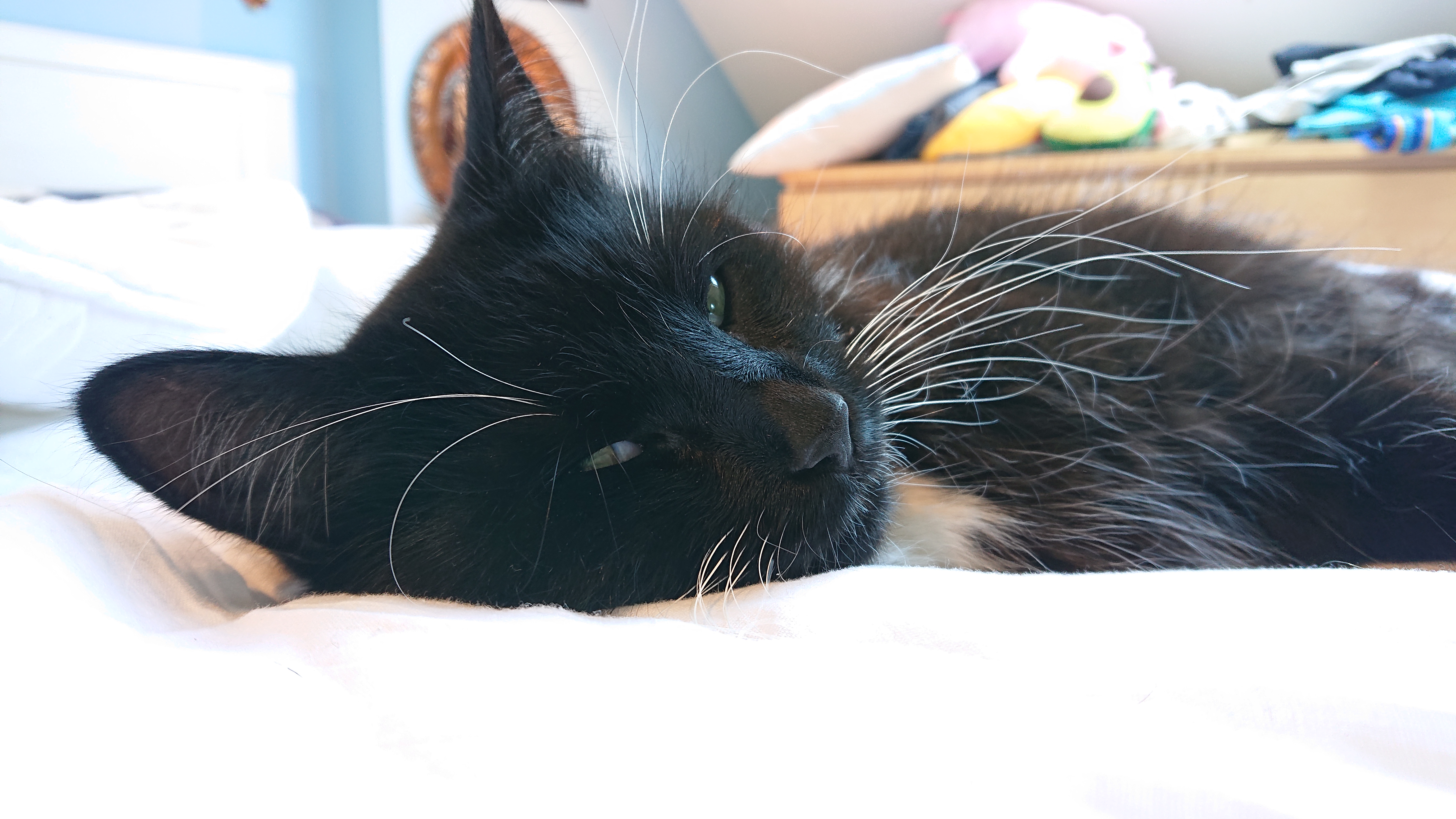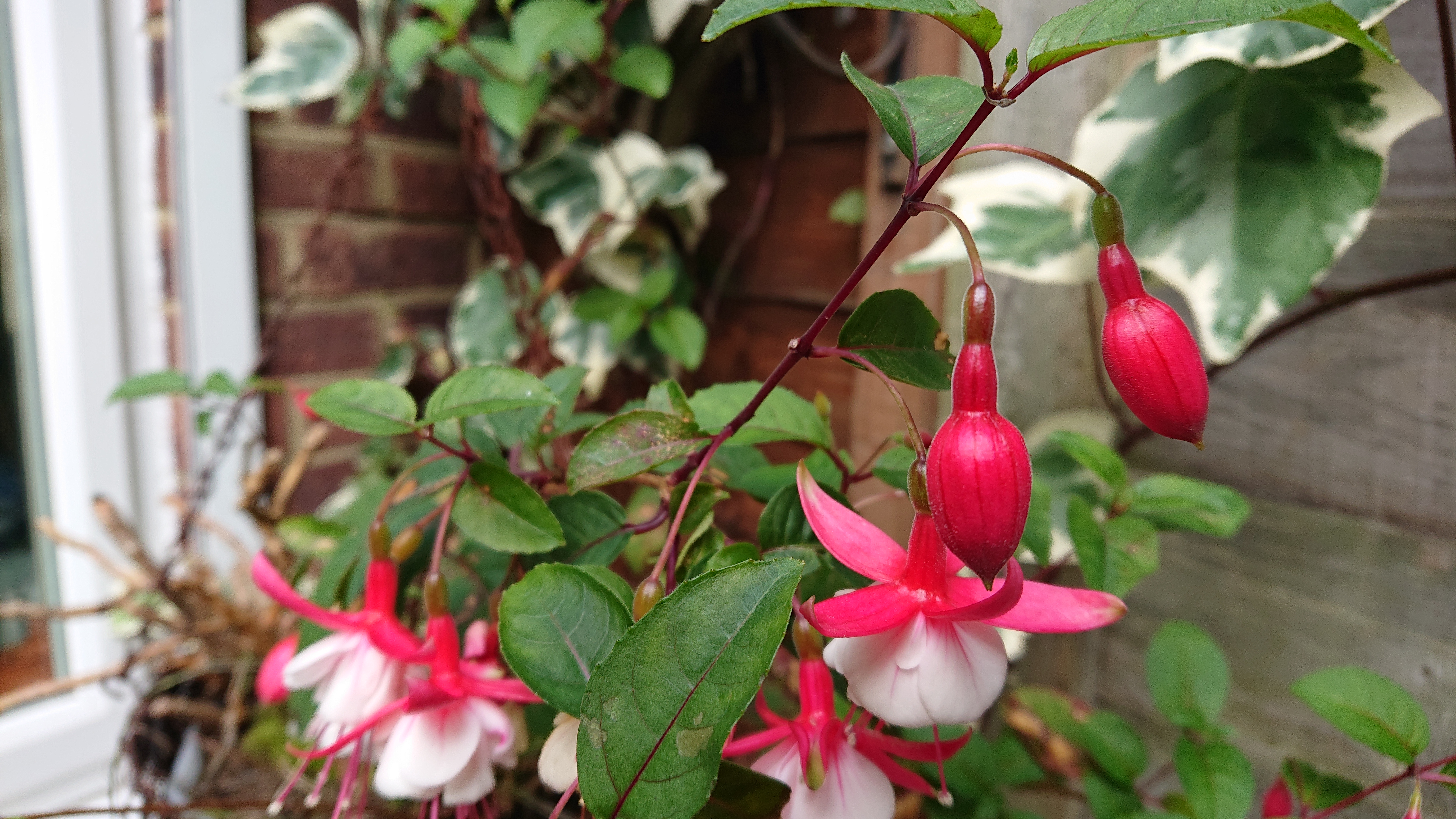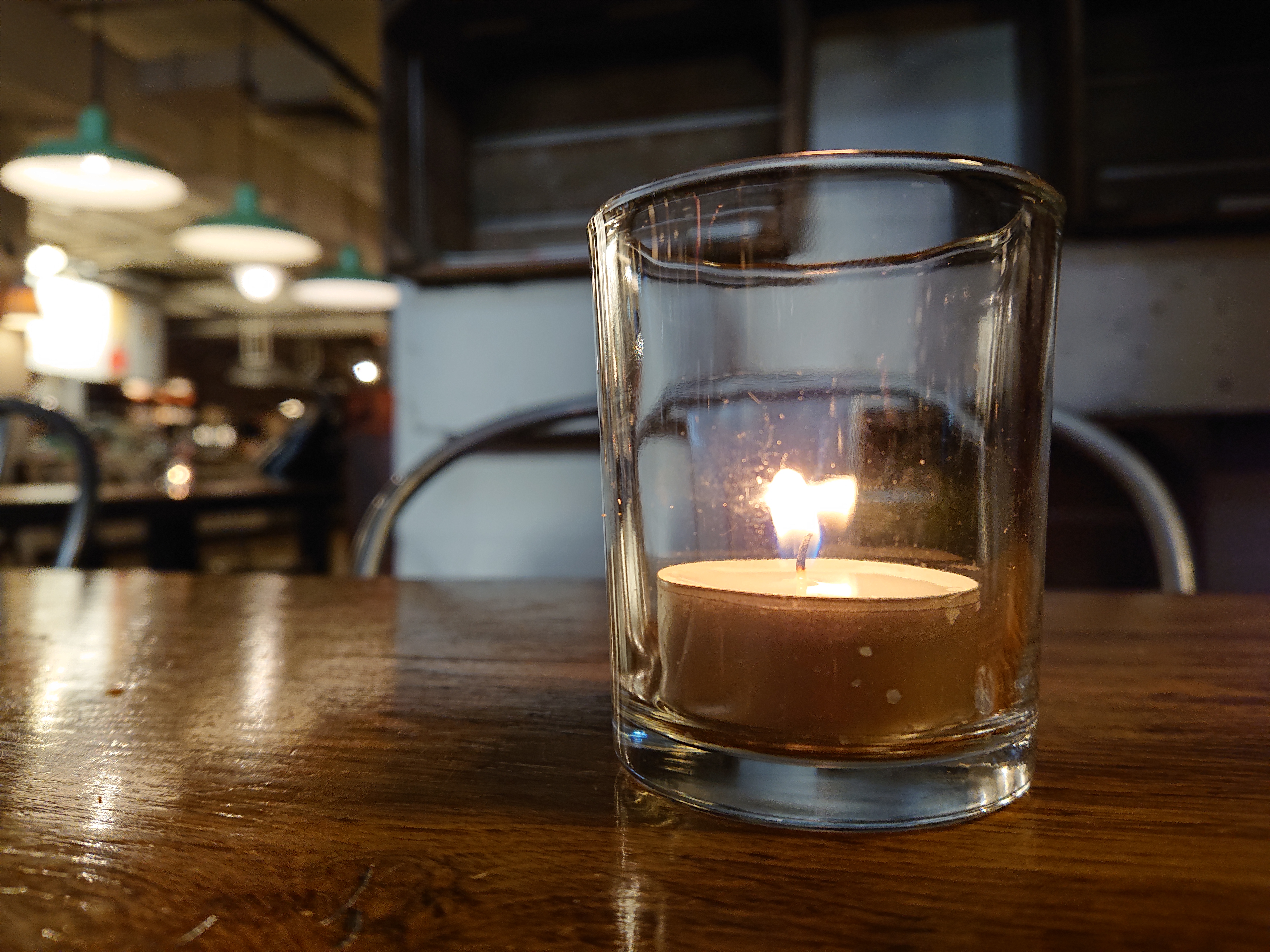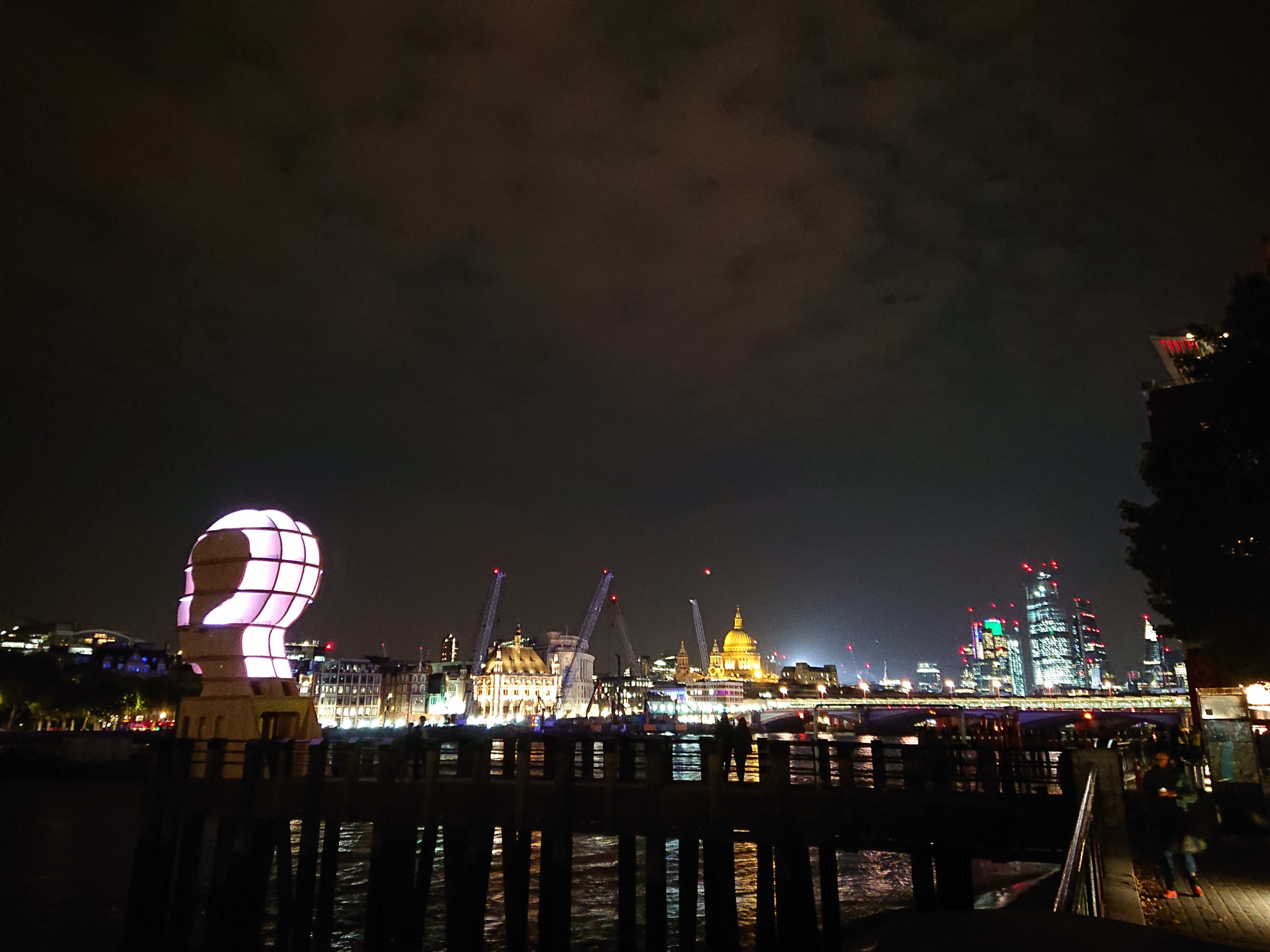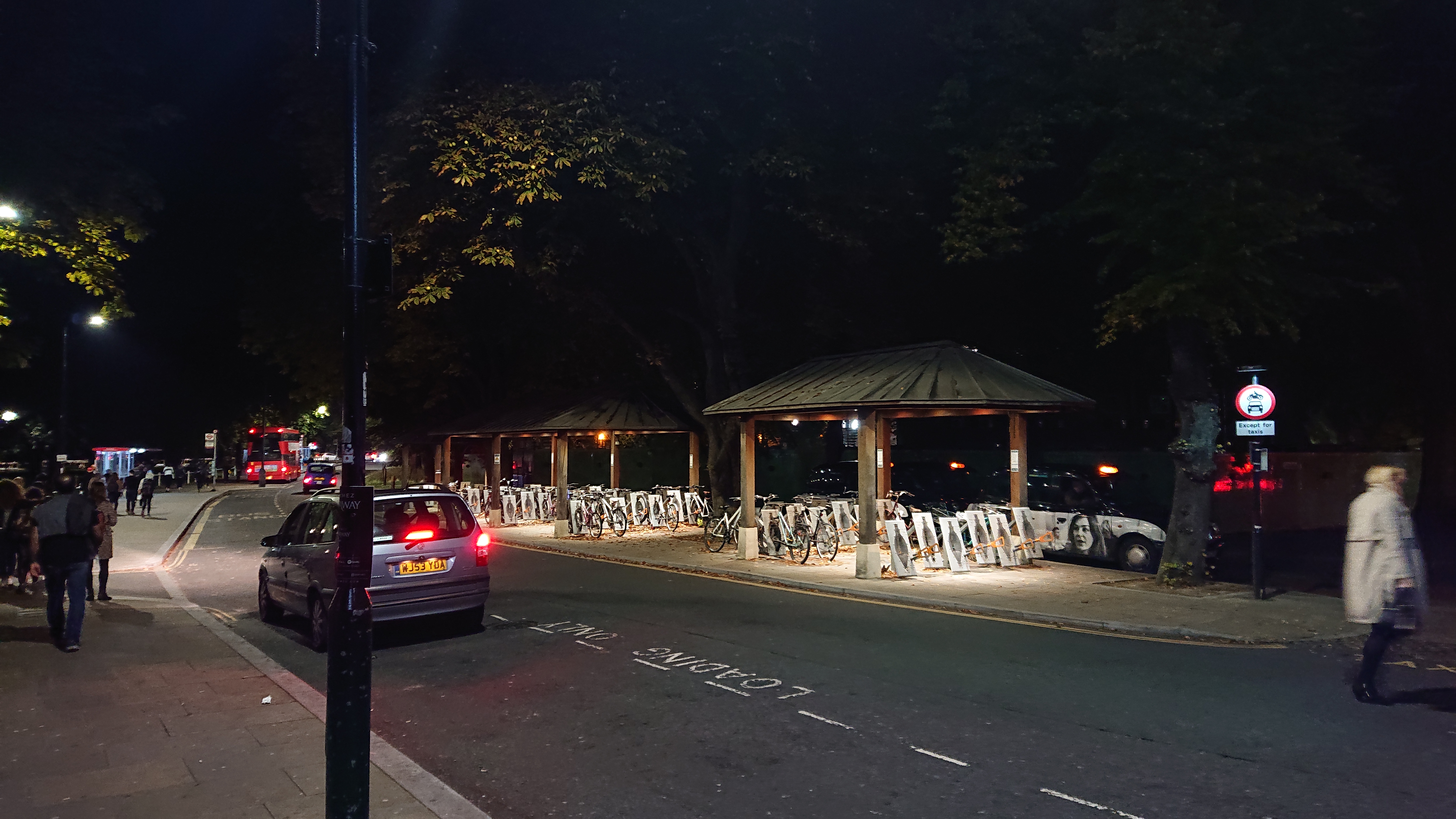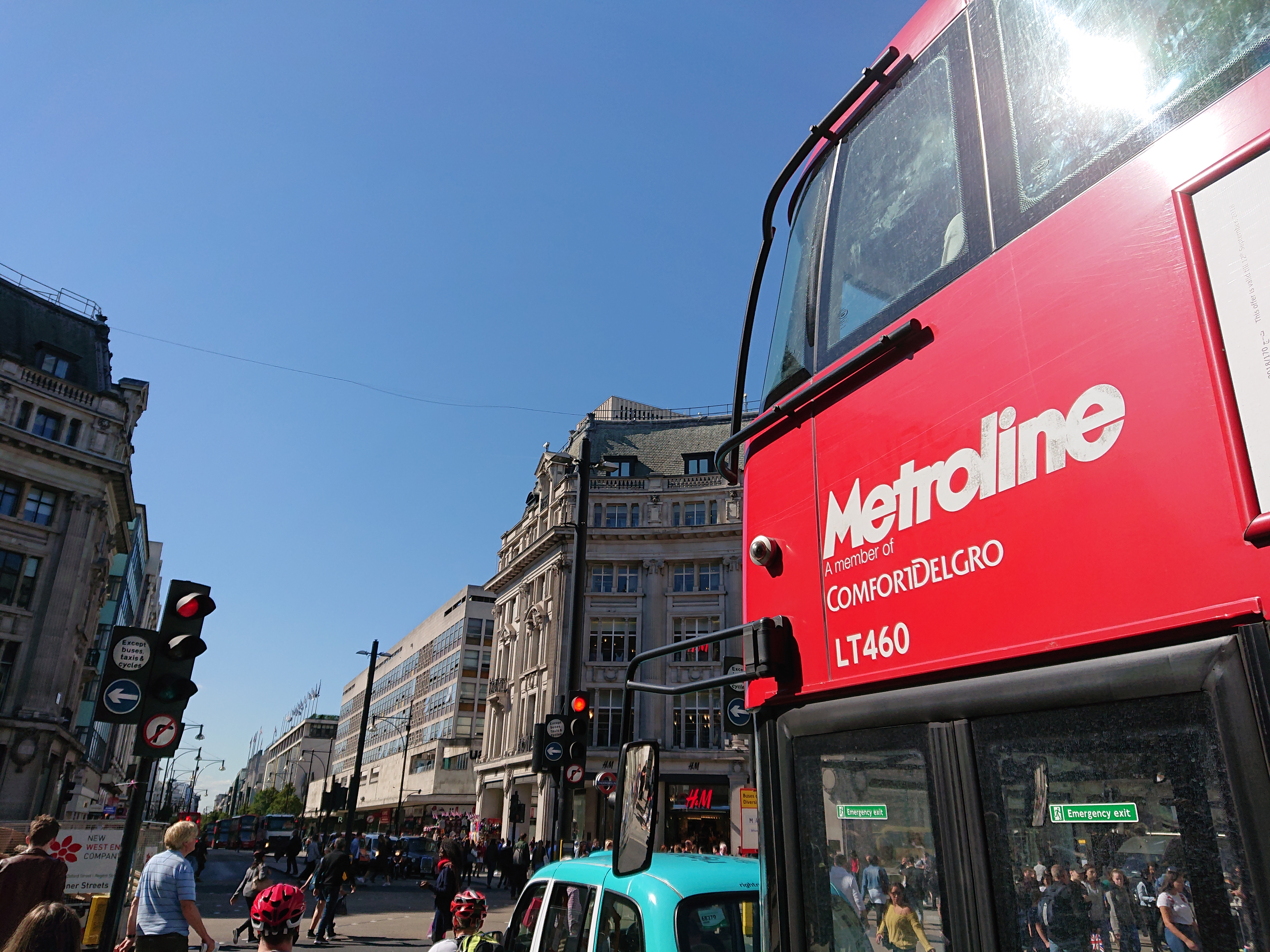Why you can trust TechRadar
Battery life
- 3,330mAh battery delivers average life
- Supports wireless charging
Sony is great when it comes to battery care – i.e. making sure your phone battery doesn’t deplete as quickly as the competition’s – and this is good news for anyone who wants to keep their phone for a long time. What Sony is less great at is getting big batteries into its phones in the first place.
At 3,330mAh the Sony Xperia XZ3 has the biggest battery of any Sony flagship to date – but it also has the biggest screen, and this means you get similar battery performance to that of the Xperia XZ2.
In the real world this translates to a day of light-to-moderate use, with heavy use necessitating a late-afternoon boost to get you through a day. We often found the battery lasting the whole day, but if you're set to be watching lots of video we'd recommend charging it up mid-way through the day.
In our standard TechRadar battery test, where we run a looped video for 90 minutes, the Xperia XZ3 lost 20% of its battery, which is a middling result.
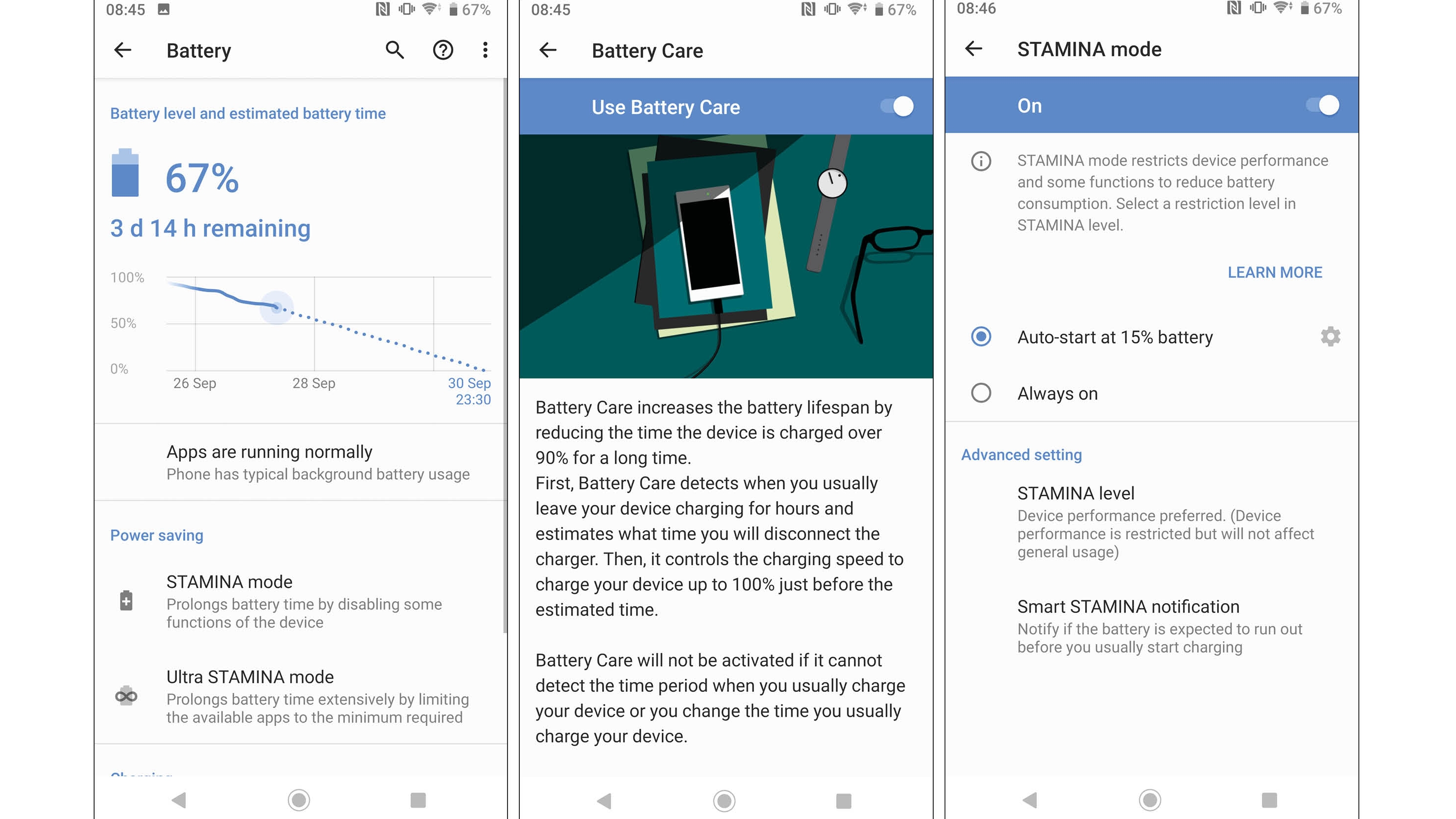
The inclusion of wireless charging will help heavy users to keep topped up without too much faff, given that wireless charging pads are easier to get than ever.
Sony’s battery care also features a number of power-saving modes, so even if you’re running low you can still squeeze out an extra few hours from your XZ3.
Camera
- 19MP single-lens rear camera
- Good but not great quality
Sony introduced the 19MP f/2.0 camera found on the XZ3 a year ago in the Sony Xperia XZ1, but while this might put off anyone thinking of upgrading from an XZ1, the XZ3’s camera is much, much better.
The user interface has been streamlined for starters, so there’s less swiping to get to the various modes and frequently accessed settings are always shown on-screen, so there’s minimal fiddling around when prepping your shot.
Image quality is much improved over the XZ1 too, with better clarity, low-light performance and dynamic range. It feels like a completely different camera.
But while the XZ3 is an excellent stills camera by Sony’s standards, it isn’t quite so impressive by those of other flagship smartphones.
In good light, detail is strong, and a nice amount of background blur can be achieved without calling on any bokeh modes. Where things fall down is when it comes to dynamic range – the camera has a tendency to overexpose highlights in higher-contrast scenes. If you want to use this camera in auto mode, the exposure slider is going to be your best friend.


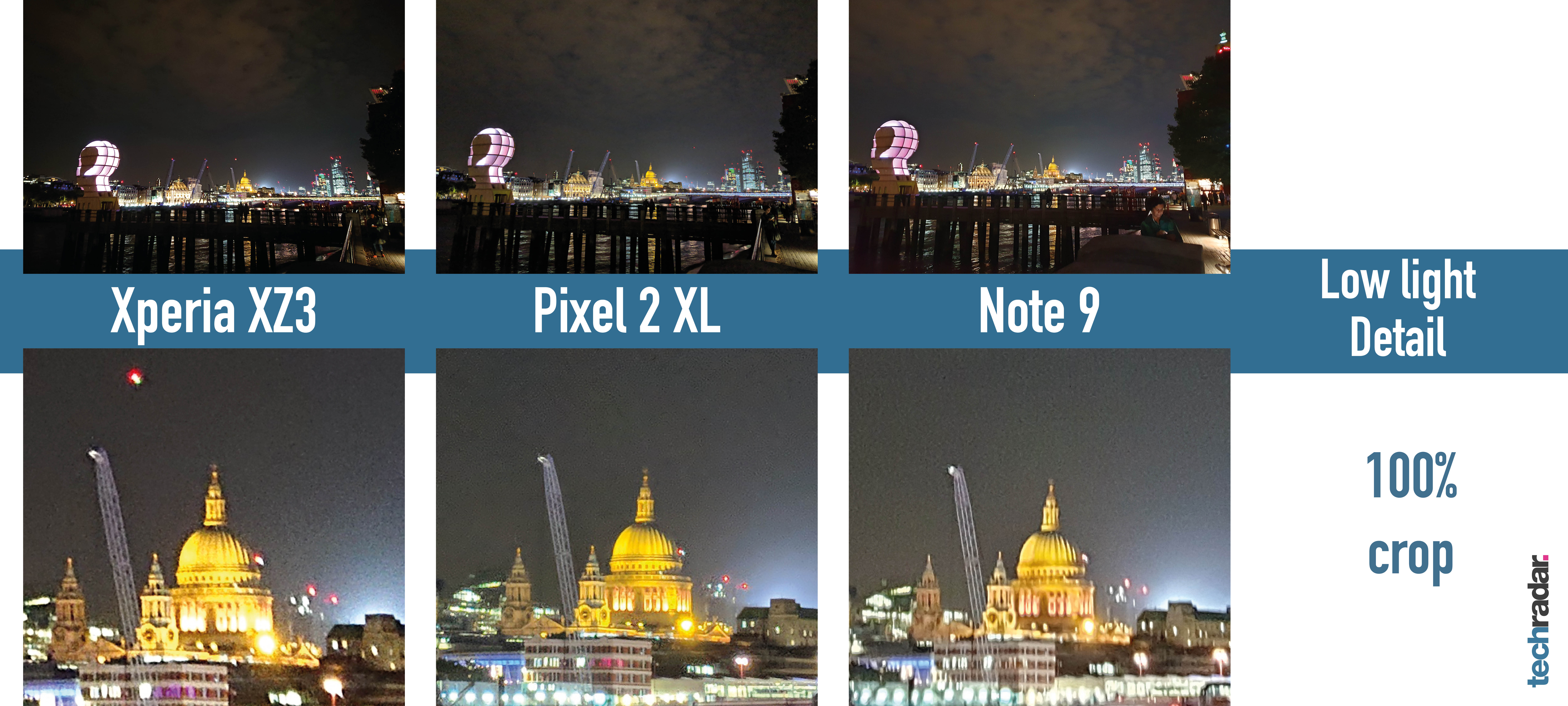
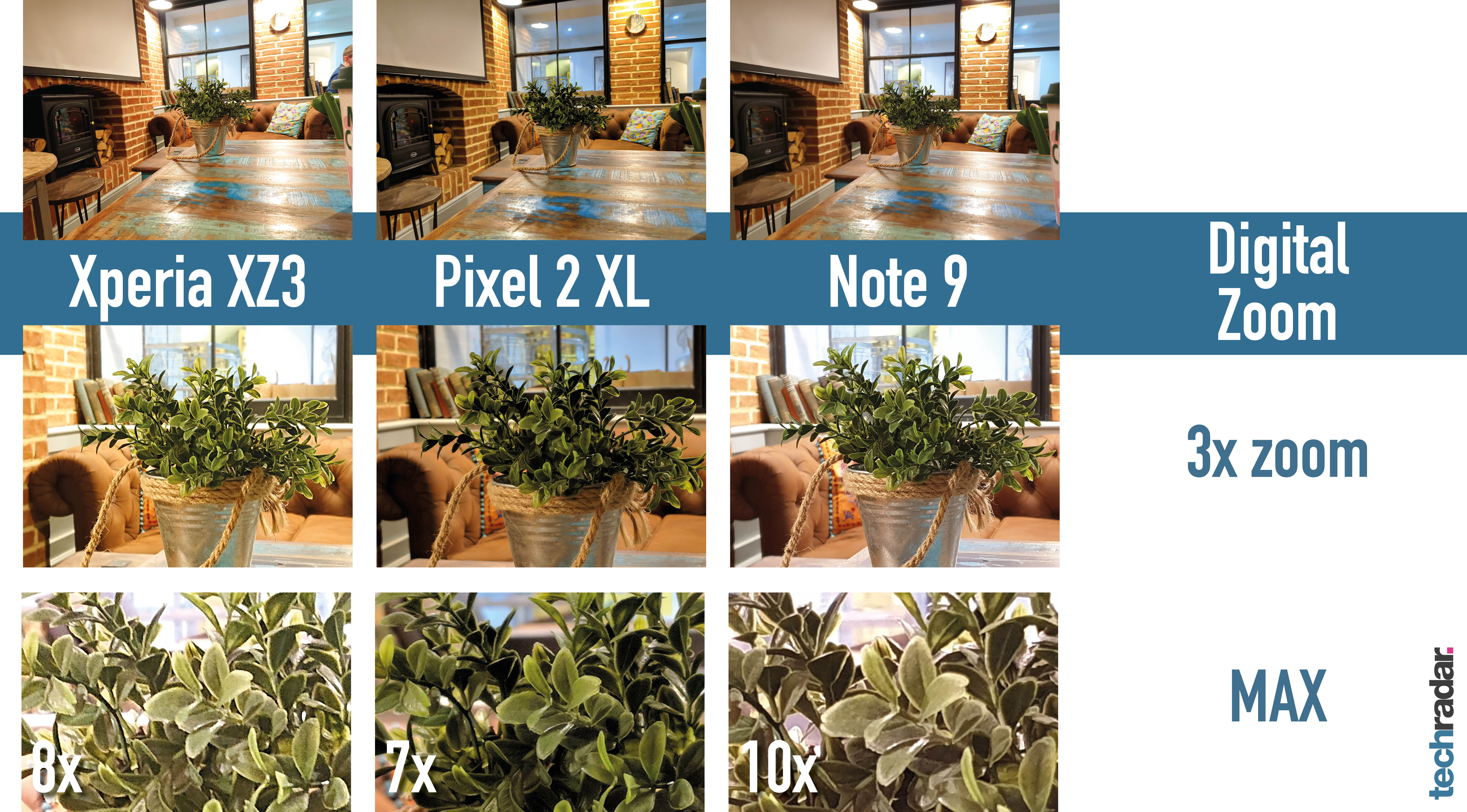
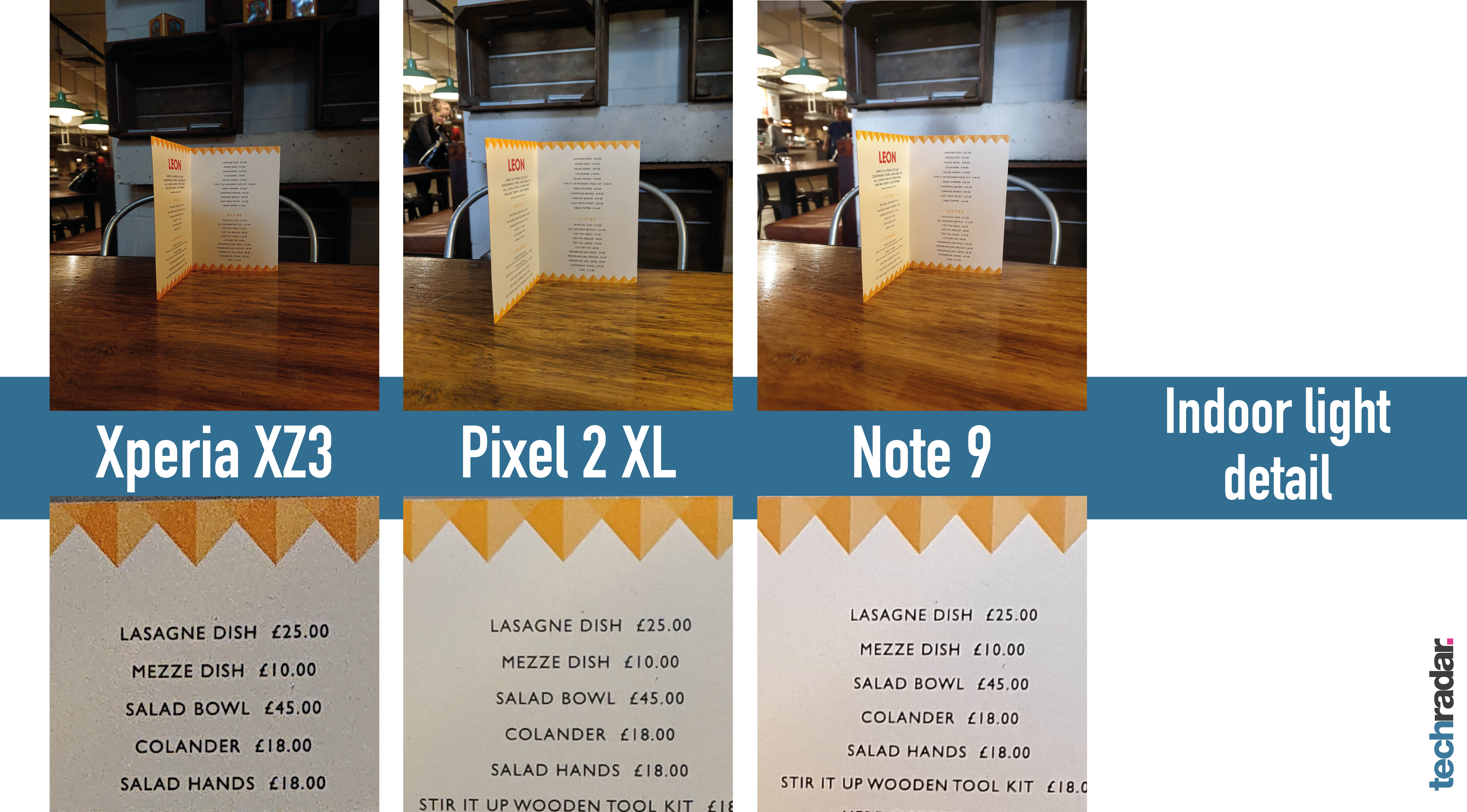

Medium-to-low light sees grain creep in more aggressively than on other phones. There’s less softening and noise reduction than we see with Samsung phones for example, but both the Galaxy S9 and Galaxy Note 9 still produce better low-light shots.
Meanwhile, the likes of the Google Pixel 2 and Huawei P20 Pro edge even further ahead with their dynamic range and detail, and, in the latter case, Huawei’s smart low-light capabilities.
The good, not great image quality hampers a few areas of photography, from the onboard bokeh mode being lower-quality than we’d hoped for, right through to the digital zoom, with the up to 8x zoom performing worse than the zoom on all the main competitor phones.
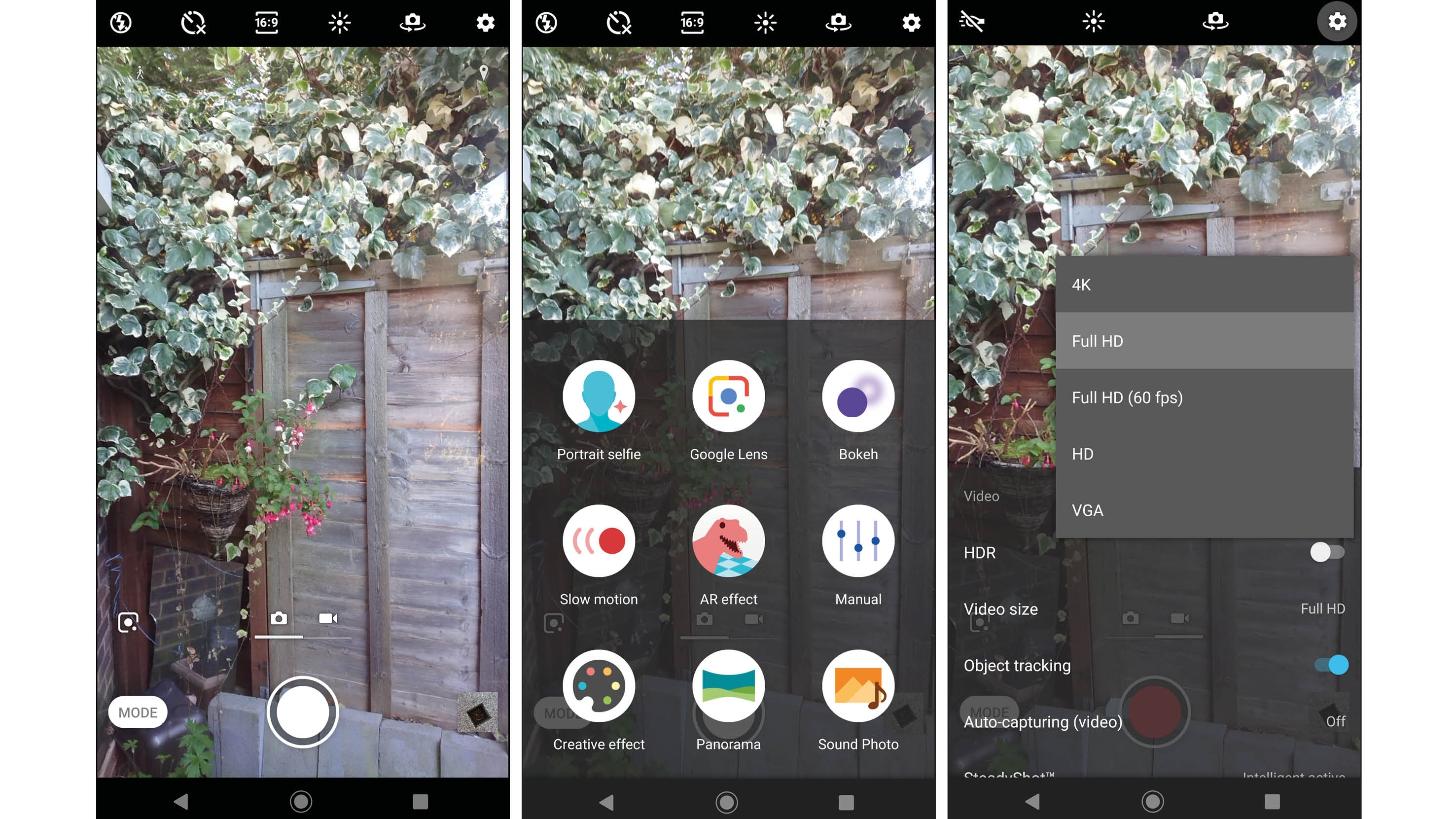
Video
- Can shoot great quality 4K HDR footage
- Also supports 960fps Full HD slow motion
Where Sony pulls things back is when it comes video. The digital stabilization works well in good light in particular, and the 4K HDR footage you can capture is simply breath-taking.
In contrast to stills capture, dynamic range in video trounces the competition when footage is viewed on a compatible HDR screen, such as those on this phone or the Samsung Galaxy Note 9, so any video buffs can get excellent results if the lighting’s right and they’re willing to invest time squeezing the best from the phone’s video camera.
Sony is also still the only manufacturer whose phone cameras are able to capture 960fps Full HD slow motion, with the competition capping out at 720p. It’s totally unusable in medium to low light, but it’s a nice feature to have when you’re outdoors on a sunny day.
Selfies
- 13MP front-facing camera
- Offers both bokeh and beauty modes
A bumped-up 13MP sensor with a wide 23mm equivalent lens and improved digital stabilization means selfies on a Sony phone have never looked this good.
There’s a beauty mode to brighten your eyes and slim down your face – or you can turn it off for natural-looking photos – as well as a bokeh mode for software-based background blurring, like the Pixel 2, which works respectably well.
The same can be said for the front camera in general across photo and video, which is a nice improvement over what was a lacklustre experience on the Xperia XZ2.
Current page: Battery life and camera
Prev Page Introduction, key features and design Next Page Anything else I should know?Basil Kronfli is the Head of content at Make Honey and freelance technology journalist. He is an experienced writer and producer and is skilled in video production, and runs the technology YouTube channel TechEdit.
